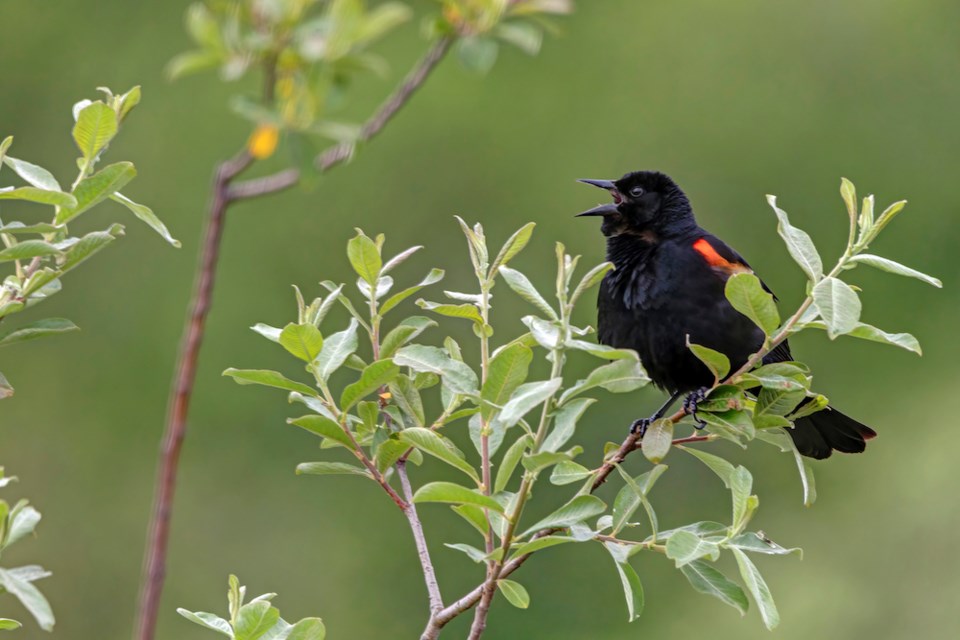My last few columns, during the spring months from March to June, have detailed the arrival of the 60 species of birds that either pass through our area to destinations farther north and east, or spend the summer with us. The spring migration began on March 1, with John Hodges’ report of nine trumpeter swans heading north past Roberts Creek, and ended with Grace Fryer and Kai-lee Klymchuk’s joint report of the first common nighthawk of the year, on May 30.
Migration seasons can be variable depending on a number of factors, mostly to do with weather. Generally, I felt migrants arrived, on average, later than normal, but there was no evidence that the blame lay with our local weather. One notable feature of the migration period this year was the general absence of the thrush species. Three of our migrant thrushes are hermit thrush, mountain bluebird and Townsend’s solitaire. Hermit thrushes are abundant summer resident in our local mountains, but only above about 900m elevation. Usually, they are reported frequently at sea-level during their migration but were almost completely absent this year. The bluebird and the solitaire are regular, but scarce, on the Sunshine Coast, as they move north to breed east of the Coast Range. This year, both were almost entirely absent. The explanation is almost certainly to do with snow levels in the mountains. When the snow level is relatively high, the birds tend to also stay high, with no reason to descend to sea-level, where they are observed by birders.
During the migration season, there were some notable appearances of unexpected species, including sandhill crane, yellow-headed blackbird, white pelican, sage thrasher and Lewis’s woodpecker, with the last two being the best.
Now, in late June, the hyper-activity of springtime is past. Instead of migration, singing, mating and nesting, we see parent birds being trailed by youngsters demanding food. Birdsong is already winding down. In the wetlands, among the few duck species that stay to breed here, the males are losing their vibrant spring colours as they move into their eclipse or moult plumage.
In early June, some birds are still moving north to their breeding range. However, by the fourth week of the month, others are already moving south again. The earliest of the southbound birds are the shorebirds, and on June 21, Mari Petznek reported the first, a semipalmated sandpiper at Wilson Creek estuary, followed by a least sandpiper on the 22nd, and a greater yellowlegs the same day (Jack Pope). These are the first of many species of shorebirds heading as far south as Patagonia.
To report your sightings or questions contact me at [email protected] or 604-885-5539. Good Birding.



